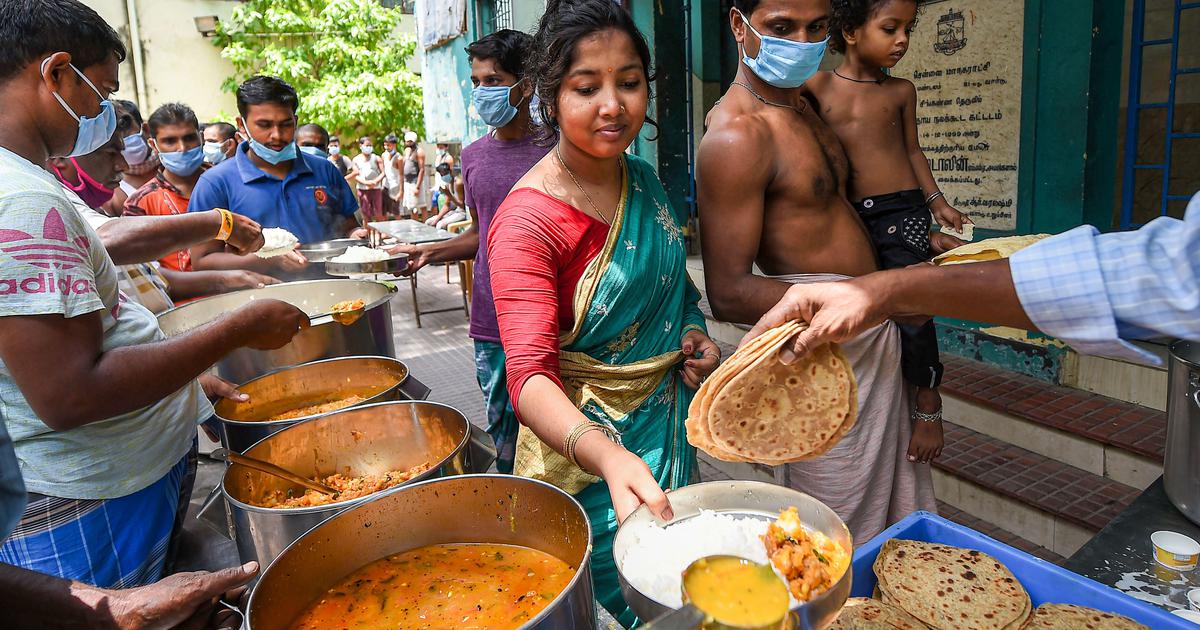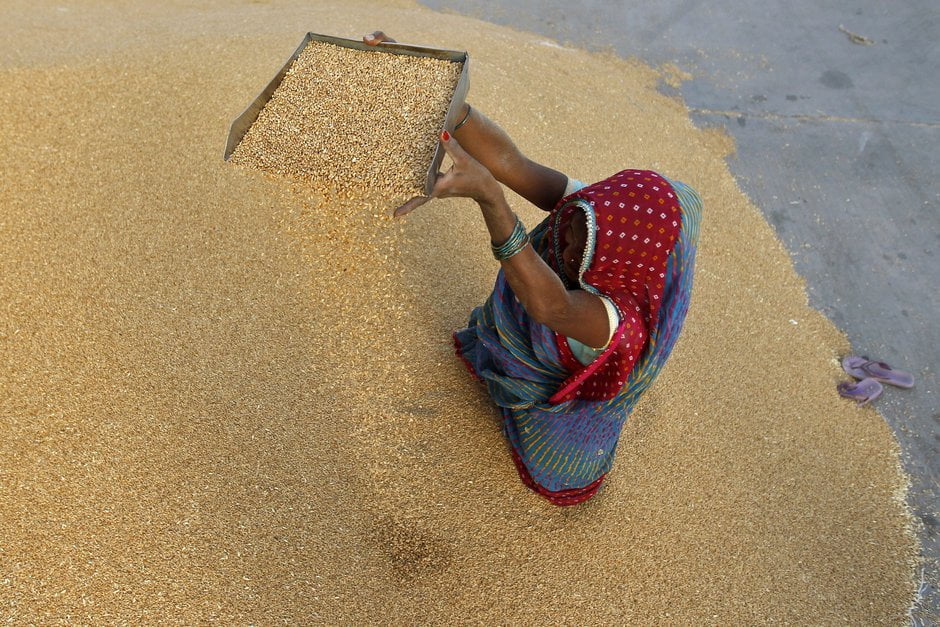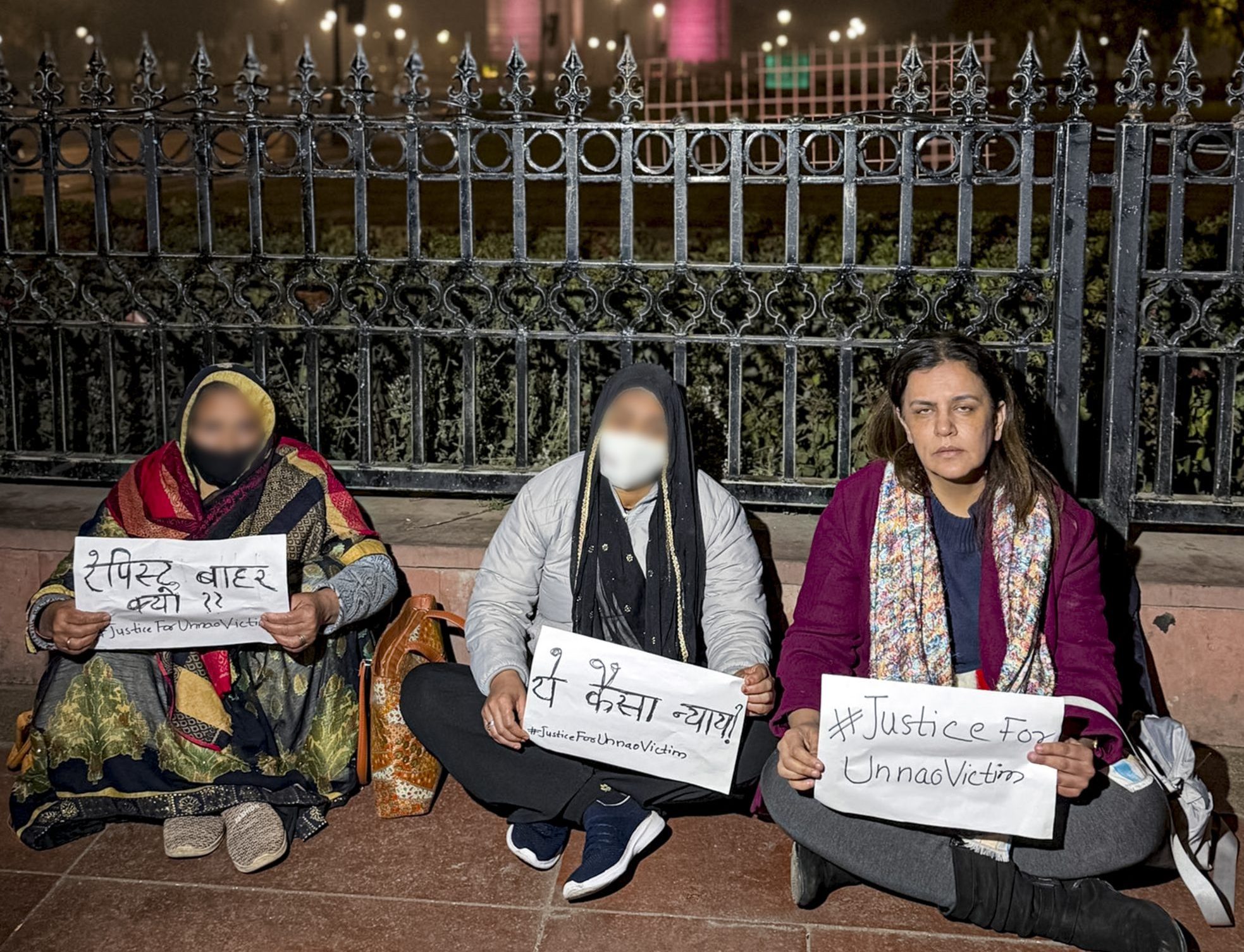As of 2024, the food security situation in India is so dire that the Global Hunger Index places India at the 111th position out of 127 countries. While child mortality and stunting rates seem to have reduced since the 2000s, undernourishment and child wasting (acute undernutrition) are showing a rising trend as of 2023.
So, what is food security? Food security is the ability of all people, everywhere, to have physical and economic access to safe, nutritious and sufficient food required for their dietary preferences to live an active and healthy lifestyle. There are 4 main dimensions to how this food security can be achieved. It depends on the physical availability of food, physical access to food, the capability of the body to utilise the food and the stability of these factors over time. To break it down, food availability is a basic which depends on the ‘supply side,’ of things.
Physical access to food is about networks and channels wide and far-reaching enough to ensure everyone has access to food no matter how remote or how far-flung they are placed, geographically. The third is a little more complicated because it depends on the human body to utilise accessible food. This is where dietary preferences come into play. If the food that can be accessed, is not compatible with the established dietary preferences of those accessing, then the body is not able to utilise that food or draw any nutrition from it. Finally, it’s not enough to have access to food at one point in time, these factors must be met consistently to ensure long-term food security.
Cash transfers and how it operates in India
One of the proposed methods of dealing with food insecurity is cash transfers through the DBT schemes. The IMF has called India’s DBT schemes a ‘logistical marvel.’ Direct Beneficiary Transfers (DBT) utilises Aadhar seeded bank accounts for the disbursal of cash to various beneficiaries. One of the categories that beneficiaries can apply for these funds is for food. Currently, in India, there are 315 DBT schemes across 53 ministries from the Central Government. Of these 315 schemes, the Department of Food and Public Distribution run two schemes one of which is the Direct Transfer for Food Grains scheme.
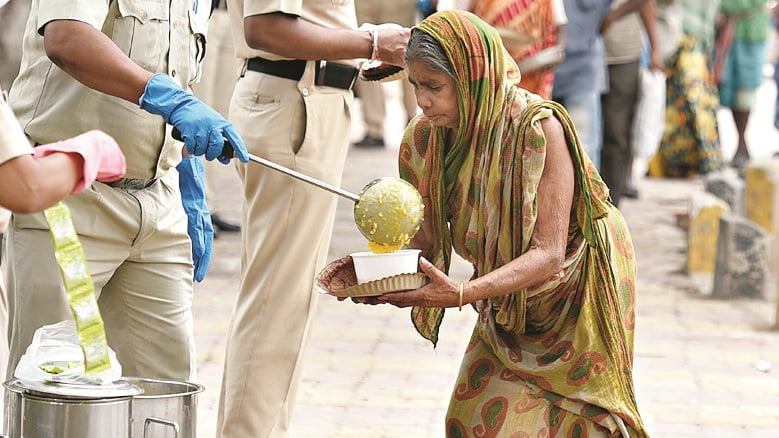
The National Food Security Act of 2013 was the first legislative intervention that introduced the concept of Cash Transfers for Food grain. In pursuit of enabling this intervention, the Cash Transfer for Food Subsidy Rule, 2015 was enacted. This intervention faced critique back in 2015, just as it was being rolled out in 3 Union Territories, on grounds of issues with correct identification of beneficiaries, accessibility to banks and its branches in rural areas (where most of the beneficiaries would belong), lack of digital literacy coupled with the lack of equitable access to technology which would be one of the main mediators of such transfers, and, inability of the system of DBT schemes to protect people from inflation-related market price changes.
In a pre-pandemic context, DBT for food security seemed like a logistical impossibility, but the pandemic enforced a reliance on technological mediation that pushed the population towards digital literacy. Some data from 2023 indicates that India’s rural digital literacy levels stand at 34 per cent and urban digital literacy levels stand at 70 per cent . This coupled with the rise of malnutrition, indicates an important gap that is being overlooked in the context of Food security in India.
Now, the questions that arise are, how viable are cash transfers through Aadhar-seeded accounts in a cash-forward economy like India? And is DBT in food security leading towards any effective on-ground change?
The answers to these appear to be straightforward. Cash-forward economies like India will always suffer in the face of fast digitalising economic processes. While urban spaces have adapted to QR code-based transactions rural spaces are yet to catch up with the trend. The women, elderly, Dalit, Adivasi, and gender minorities are slated to be the most affected by this digitalisation of the fiscal transaction scene. In reality, this change is inconvenient, and untrustworthy for a population that is used to cash forward economies. Stories of money being in the bank account but people not being able to access them, are rampant.
Furthermore, there are reports of instances where funds received through DBT schemes are subject to deductions for maintenance charges due to changes in zero-balance policies and other similar conditions imposed by banks. The lack of comprehensive national food security data, coupled with the fact that even the Global Hunger Index does not use data from the POSHAN tracker which is India’s current statistical tool to map out food security through the Public Distribution System, leads to no comprehensive national data. Thus, mapping out effective on-ground change becomes a significant challenge.
How does the above data affect women and migrant workers in India?
India is a nation that sees a great deal of internal migration. Migrants carry food cultures with them to their newer homes and that has led Indian cuisine to diversify and modernise effectively. Dishes like Biriyani have hundreds of local variants, each different from the other, yet Biriyani is reserved for the resourceful. If there is one dish that unites India across class, economic status, caste, religion or any other category, it is the humble khichdi. One would realise that this is the dish that epitomises the Indian migrant’s journey.
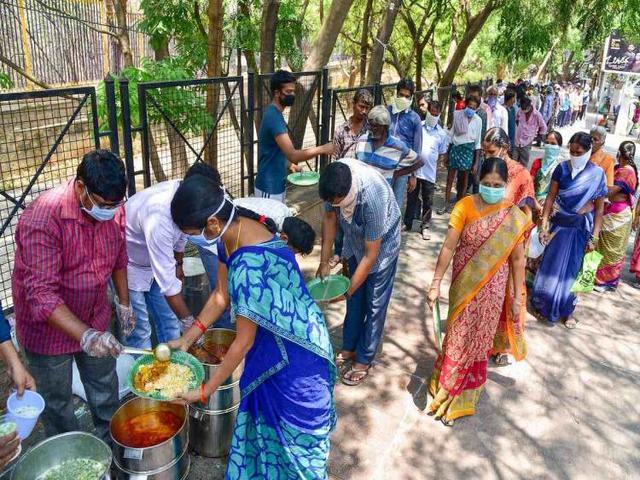
Every soup kitchen in every charitable outlet, temple kitchens, and community kitchens everywhere depends on this humble rice and lentils dish, done with anything and everything and sometimes just with those two ingredients, depending on the levels of access. It is easy to cook, sufficiently nutritious and a one-pot solution to most of India’s hunger problems. Yet rice and lentils are not enough for long-term nutritional sources. One would need their green vegetables, spices, oils, etc to make meals count, nutritionally. This decision is often left to women everywhere. How they feed their families with what they have. If the national digital literacy levels of women as reported by the UNDP is 33 per cent and the rural levels are at 25 per cent, how are we expecting that DBT will lead to any widespread positive impact on food security in India?
DBT in its current form is a largely digitally mediated benefit. Even if the paperwork is done the lack of accessibility to bank branches for everyone gets in the way of women accessing the money to utilise it for buying food. Moreover, while a khichdi can be as basic as rice and lentils, tomatoes, onions, garlic, ginger and vegetables are often utilised to add nutritional value to the meal. These are all items whose prices keep fluctuating significantly. So, the conundrum is that even though the cash transfer model is a ‘logistical marvel,’ as far as the state is concerned, whether it helps alleviate food security concerns, is a big question, the answer to which, no data set can currently affirm.
In a country where women’s rights, security and access to equitable sources of dignified survival is already a widespread challenge, the state contributing towards food insecurity by removing access to fair-priced essentials, challenges women everywhere. Be it when she is a migrant worker or when she is left behind in the home state, over-reliance on DBT-based schemes can lead to severe long-term insecurity. Migrant workers who are women are tasked with the extra responsibility of adapting their family’s diet to the new geographical surroundings.
A North Indian immigrant who is used to their wheat-based diet and sometimes rice-based diet along with a mustard oil-heavy cuisine would have issues integrating into a coconut oil-forward cuisine in Kerela. While migrants always integrate and adapt to their surroundings, the price of adaptation is lesser known. How do these new diets, affect their life? Do they affect their ability to function effectively? Are there any health disorders that are increasing among these populations? These are questions that are seldom asked because the answers to these are not profitable. Yet, when it comes to health, women’s responsibility within the family and society, and the quality of their unpaid labour, these are questions that become important to the comprehensive understanding of the healthy family.
What could be the way forward?
Keeping the above status quo in mind here are some suggestions that could prove useful in the long term for gender and food security policies in India.
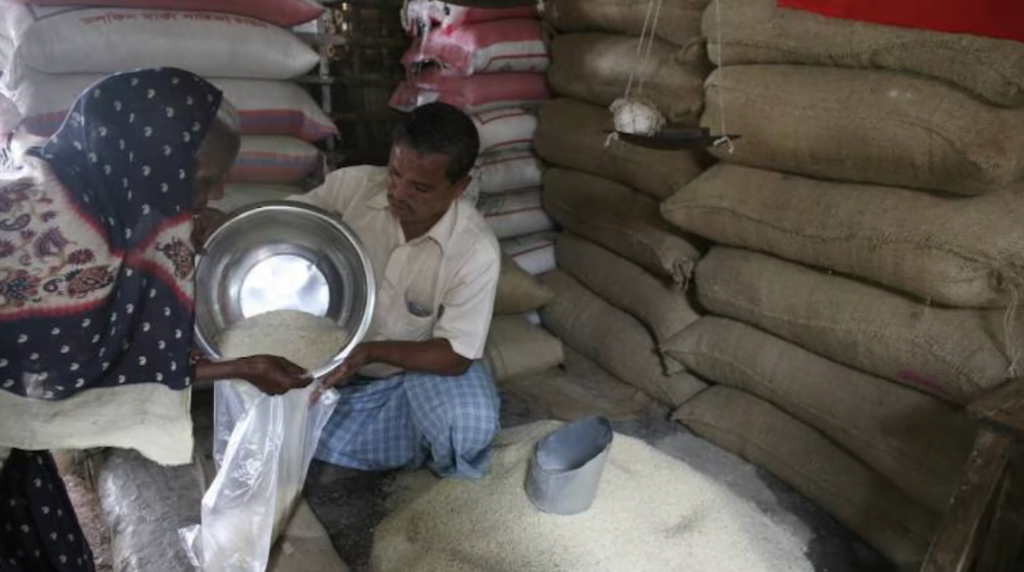
There needs to be a focus on Internal Migrant protection policies that ensure the protection of Migrants wherever they are irrespective of where they come from.
Currently, there are Aadhar-based schemes towards this end that enable people to collect rations wherever they are. But these protections need to increase for more national mobility to be normalised in the face of a fast-changing economy. Due to various factors such as climate change and fast-changing economies, traditional livelihoods are being replaced by new kinds of skilled labour. To meet these changing demands across agriculture, industry, and technology sectors, there is a great deal of internal migration happening in the country. The needs of migrants and their families that travel with them or are left behind in their hometowns, need to be focused on. Towards this end, Inter-State MoUs protecting migrant workers’ rights and dignified livelihoods, need to be negotiated.
Similar programmes are already afoot in certain pockets of the country. Such programmes need to be multiplied across the country to ensure basic rights like food security for all, irrespective of their geographical location.
Control prices of essentials and some nutritional essentials so that market fluctuations do not affect food security. At least 2 to 3 times in a year news about price increases of basic items like onions and tomatoes, comes in. There need to be protections against such temporary market upsurges. Women should be able to cook with what they want and not with what they can manage to buy because the prices keep fluctuating. This is not to say that only women cook, but this is an acknowledgement of the fact that unpaid domestic labour is mostly shouldered by women in India.
Women take on the responsibility of putting the right kind of food on the table, that nourishes everyone. The state needs to do the bare minimum in order to ensure, that they are not left to the mercies of fluctuating market prices, that force them to make choices that are detrimental to their family’s nutritional needs.
Immediate attention needs to be paid towards an increase in central budget spending on mid-day meal schemes across all categories, be it for children enrolled in schools or adult migrant workers. In the case that the government is not able to allocate funds towards this end, recommendations should be made towards making food security a public social responsibility, to be borne by various profit-making factions in the country.
Food security should ideally be made a Corporate Social Responsibility initiative. All profit-making companies everywhere should invest a portion of their profits to ensure free meals for their third-party contractual labourers and their minimum-wage workers. Minimum wages pay bills, profit-making entities can afford to spend a fraction of their profits on ensuring dignified living for all, who work for them. This also helps shift the responsibility of assuring good food from the individual women tasked with the preparation of the meal to larger corporations who profit off the cheap labour. The resources saved by the beneficiaries could be put to better use in other aspects of their life, such as education, health, or savings. Daily CSR kitchens can promote job creation as well and make food security in India everyone’s responsibility.
Migration is motivated by many factors, yet the alienation imposed upon the people doing it is not adequately addressed. If widespread policy-level changes could be implemented that help alleviate the lives of people who exist like nowhere men, in their own countries it would lead to some positive changes in society. When women’s domestic burdens are reduced and the collective responsibility is borne by those that profit off cheap labour, that enables space for healthy familial growth.
A man who doesn’t have to worry about his meal at work can afford to send the money he would be spending for that meal, home. To profit-making entities, thousands of these meals cooked in large kitchens is not a major dent in their profiteering abilities, but to the migrant’s family, it may make the difference between a nutritious meal and a bare essentials meal. Undertaking this collective responsibility, is clearly a more responsible expenditure of profits from cheap labour, than vulgar displays that only attract wrath and disgust.
References
- Girdonia, S. (2023, April). India’s Digital Literacy: Challenges and the Way forward. Retrieved from theprocessor.in: https://theprocessor.in/policy-puzzles/government-initiatives-to-promote-digital-literacy
- Index, G. H. (2024, July 22nd). Global Hunger Index India. Retrieved from globalhungerindex.org: https://www.globalhungerindex.org/india.html
- India, G. o. (2024). DBT Schemes. Retrieved from Direct Benefit Transfer, Government of India: https://dbtbharat.gov.in/central-scheme/list
- India, G. o. (2024). National Food Security Act, 2013. Retrieved from nfsa.gov.in: https://nfsa.gov.in/portal/NFSA-Act
- Rasheed, N. (2021, April 27). How digital literacy can bring in more women to the workforce. Retrieved from undp.org: https://www.undp.org/india/blog/how-digital-literacy-can-bring-more-women-workforce
- Roy, J. (2018). A critical analysis of Direct Benefit Transfer in India. Indian Journal of Economics and Development.
- Sinha, D. (2015). Cash for food: A misplaced Idea. Economic and Political Weekly, 17 – 20.
- Sinha, D. (2022). Interrogating progress in Addressing Malnutrition in India. Social Scientist, 59 – 82.
- Staff, A. J. (2022, October). India slips in Global Hunger Index, ranks 107 out of 121 nations. Retrieved from aljazeera.com: https://www.aljazeera.com/news/2022/10/15/india-hunger
- Staff, T. W. (2023, December 20). 20% of Bank accounts opened under Jan Dhan Yojana are inoperative: Finance Ministry. Retrieved from thewire.in: https://thewire.in/government/20-of-banks-accounts-opened-under-jan-dhan-yojana-are-inoperative-finance-ministry
About the author(s)
Utsarjana Mutsuddi, is a PhD Research Scholar working in the broader area of Cultural Studies with a focus on Performance, Cultural Texts and Indigenous Studies. She loves to write, create, cook and dream.
